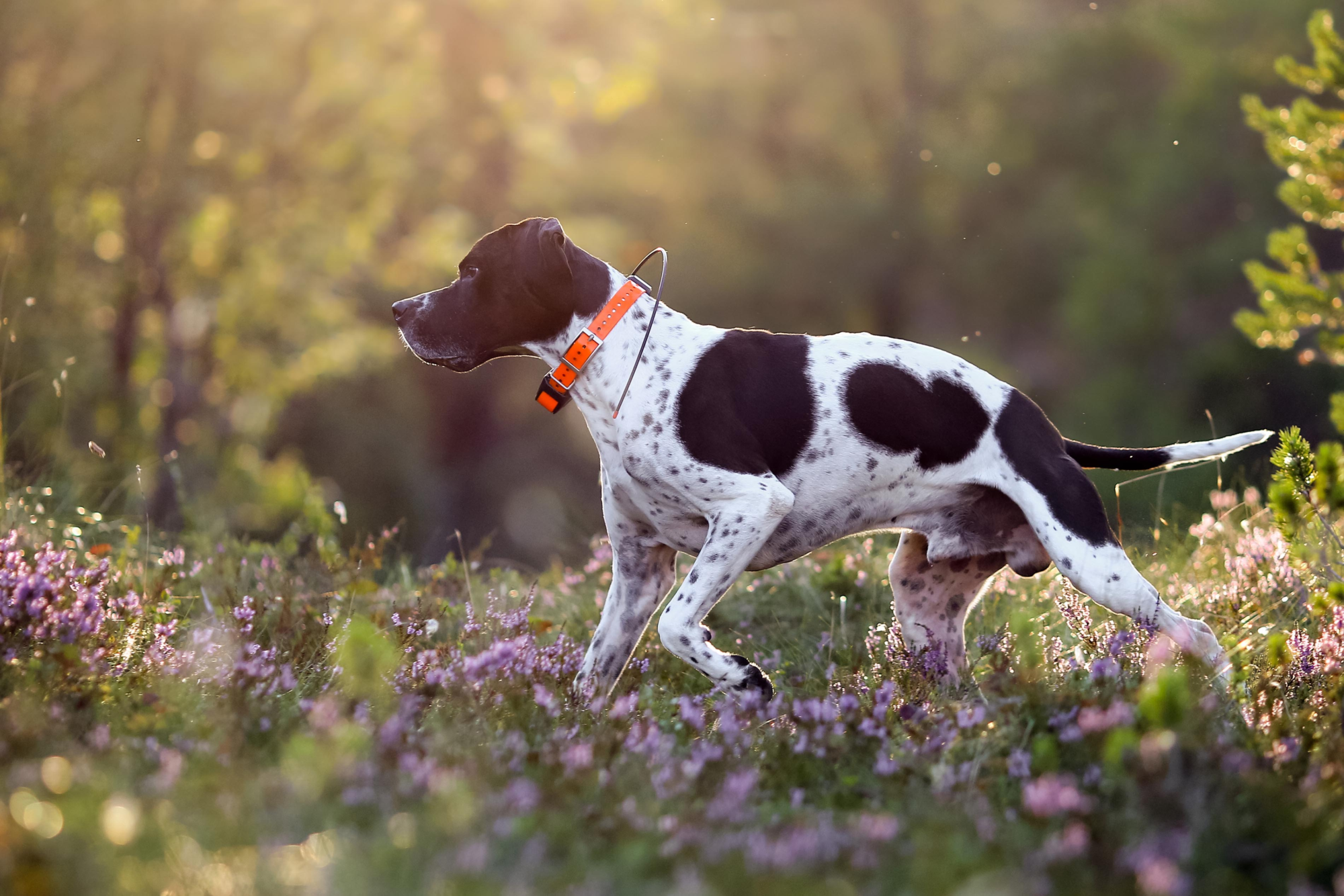Posts Tagged: Leptospirosis
Year in Review: ZimmVets Five Best Blog Posts of 2023
by Katie Meneses, HR Manager
We put out blog posts every month of the year, covering pet topics from veterinary care, to general pet topics. Let’s look back through 2023 at some of our top posts with our Year in Review!
Year in Review Number Five – Why Grooming Your Dog is Important

Number five on the list of blogs is Why Grooming Your Dog is Important. This blog covers the different aspects of dog grooming, and why each one is important to your dogs health and general wellbeing. From nail trims, to taking care of their skin and the fur coat they wear, this article covers it all!
Number Four – Leptospirosis: A Risk to Pets and People!

Number four, is our article this year about Leptospirosis. Leptospirosis, or Lepto, is an illness that can effect both people and pets alike. This article warns about the ways you can get infected, typically in area’s with high levels of wildlife, and drinking, swimming, or walking through contaminated water and soil. Your dog can also pass it to you directly if they catch it from playing in some mud. This blog does over the symptoms of Lepto, as well as treatment and prevention through vaccination.
Number Three – Canine Influenza

Coming in at number three is our blog about canine influenza. Last year, Minnesota had an outbreak of canine influenza, centered primarily around the Twin Cities. We shared important information about how it spreads, as well as the signs and treatments through this blog post. The post also discusses prevention through vaccination, helping to protect your dog from illness.
Number Two – Get Your Dog Ready for Hunting Season

A big part of Minnesotan life is covered in our number two blog for this year, hunting season! Many people have dogs that they train and take out hunting with them every year. This article covers the important steps to take to keep your hunting companion protected and safe. From parasite protection, to vaccination, and exercise, this blog covers all the ways to keep your hunting dog healthy!
Year in Review Number One – Pet Arthritis is Common and Treatable

Finally, our number one blog for this year, is Pet Arthritis is Common and Treatable. Arthritis is a very common illness among pets. Cats and dogs alike can suffer from arthritis, starting at early ages. However, we have had new medications released in the last two years, plus pain management and other treatments available. This blog covers it all, from diagnosis to treatments.
Which of these blogs interests you the most? Keep an eye out for more educational blogs from ZimmVet in 2024!
Disclaimer: This written content is meant to be educational and is not medical advice. Always consult a veterinarian about medical advice for your pet.
Leptospirosis a risk to Pets and People!
By Dr. Maria Krenz, DVM – ZimmVet-763-856-4848

Leptospirosis (Lepto) is an infectious disease and can cause serious illness in dogs and people. This disease is from a spiral-shaped bacteria called Leptospira which live in water or warm wet soil. Any type of animal can potentially get infected. In fact, this has been a problem for years but is now more prevalent; which means Leptospirosis is a risk to all!
How Pets and People get Infected
Lepto is spread through bacteria in the urine of the infected animals. Humans and animals can potentially become infected through skin, bodily fluids (except for saliva), and mucus membranes (such as eyes, nose, and/or mouth). Dogs can pass the disease to each other as well as to people.
Lepto has become more problematic with the increase in development in areas that were once rural. As a result, pets may be exposed to more wildlife such as raccoons, skunks, squirrels, opossums, or deer that have been infected with the disease. In the event that your pet does become infected, it could mean that your pet may have been drinking, swimming, or walking through the contaminated water or soil.
Signs and Symptoms
The signs can vary and are nonspecific. However, some pets do not have any symptoms.
- Common signs to list that have been reported in dogs are:
- Fever
- Vomiting
- Abdominal Pain
- Diarrhea
- Refusing to eat
- Severe weakness
- Depression
- Stiffness
- Severe muscle pain
- Inability to have puppies
- Younger dogs (less than 1 year of age) tend to get the most severe forms of the disease.
- 87-100% of dogs that have been infected will have some degree of kidney dysfunction.
Treatment
The disease is treated with an antibiotic. More often than not pets will need other supportive treatments. Unfortunately, in some cases the disease has caused too much damage to the pet’s liver and kidneys which means the pet doesn’t recover.
Prevention
- Firstly, vaccinating your pet is key in preventing the infection for your dog. See below link for more information on vaccines.
- Second of all, the American Animal Hospital Associations guidelines recommend the vaccination for all dogs regardless of lifestyle!
- Unfortunately, there is no current vaccination for cats.
- The vaccination is often combined with the distemper which is considered a combination vaccine. The vaccine is administered yearly.
If your pet is diagnosed, make sure that you avoid contact with their urine. During this time, if your pet has an accident in the house ensure you wear gloves and clean well with disinfectant. Lastly, make sure you wash your hands!
In conclusion it is recommended that you vaccinate your pet; no matter what lifestyle you and your pet live! That way you can both continue to live a happy and healthy life.
CDC Fact Sheet: https://www.cdc.gov/leptospirosis/pets/index.html
Disclaimer: This written content is meant to be educational and is not medical advice. Always consult a veterinarian about medical advice for your pet.


